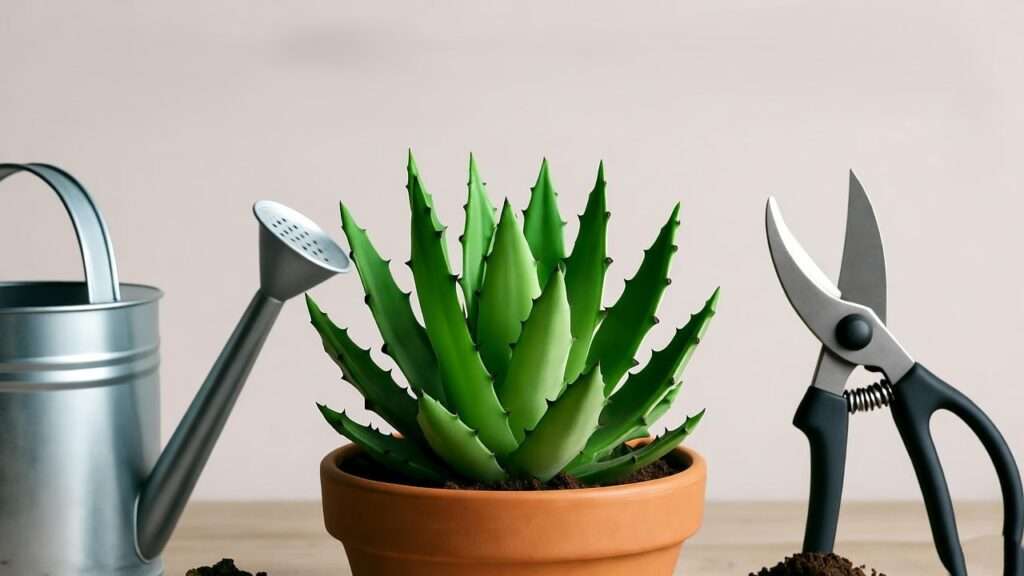Imagine a plant that effortlessly elevates your space with its bold, sword-like leaves, purifies the air, and asks for minimal care in return. Enter the spike plant, a versatile and stunning addition to any home or office. Whether you’re a seasoned plant parent or a beginner, mastering spike plant care is the key to unlocking its vibrant potential. In this ultimate guide, we’ll share 10 expert-backed tips to ensure your spike plant thrives, addressing every need from light to pest control. As a horticulturist with over a decade of experience cultivating Dracaena species, I’ve distilled years of knowledge into actionable advice to help you grow a healthy, eye-catching spike plant that transforms your space. Let’s dive in! 🌱
Understanding the Spike Plant: What Makes It Special? 🌿
Botanical Background and Characteristics
Spike plants, commonly known as Dracaena, belong to a diverse genus of over 120 species, with popular varieties like Dracaena fragrans and Dracaena reflexa. Originating from Africa, Madagascar, and Asia, these plants are prized for their long, narrow, sword-shaped leaves that range from deep green to vibrant variegated patterns. Their upright growth and compact size make them perfect for indoor settings, from cozy apartments to spacious offices. Unlike fussier houseplants, spike plants adapt to various conditions, earning their reputation as a low-maintenance favorite.
Benefits of Growing Spike Plants
Why choose a spike plant? Beyond their striking aesthetic, they’re air-purifying powerhouses. According to NASA’s Clean Air Study, Dracaena species remove toxins like formaldehyde from indoor air, improving your home’s environment. Their versatility allows them to fit into any decor style, from minimalist to bohemian, while their durability suits busy lifestyles. Whether you’re looking to enhance your living room or create a calming workspace, spike plants deliver beauty and function with minimal effort.
Tip 1 – Provide the Right Light for Your Spike Plant ☀️
Lighting is the cornerstone of spike plant care. These plants thrive in bright, indirect light, which mimics their natural habitat under forest canopies. Place your spike plant near an east- or west-facing window with filtered sunlight, or use sheer curtains to soften direct rays. If your space lacks natural light, supplement with a full-spectrum grow light for 12-14 hours daily. Avoid direct sunlight, which can scorch leaves, causing unsightly brown spots.
Common Mistake: Placing your plant in a dark corner or under harsh sunlight. If you notice yellowing leaves or slow growth, it’s a sign of improper lighting. Adjust by moving the plant to a brighter spot or reducing direct exposure. Expert Insight: Rotate your spike plant every few weeks to ensure even light distribution, promoting balanced growth.
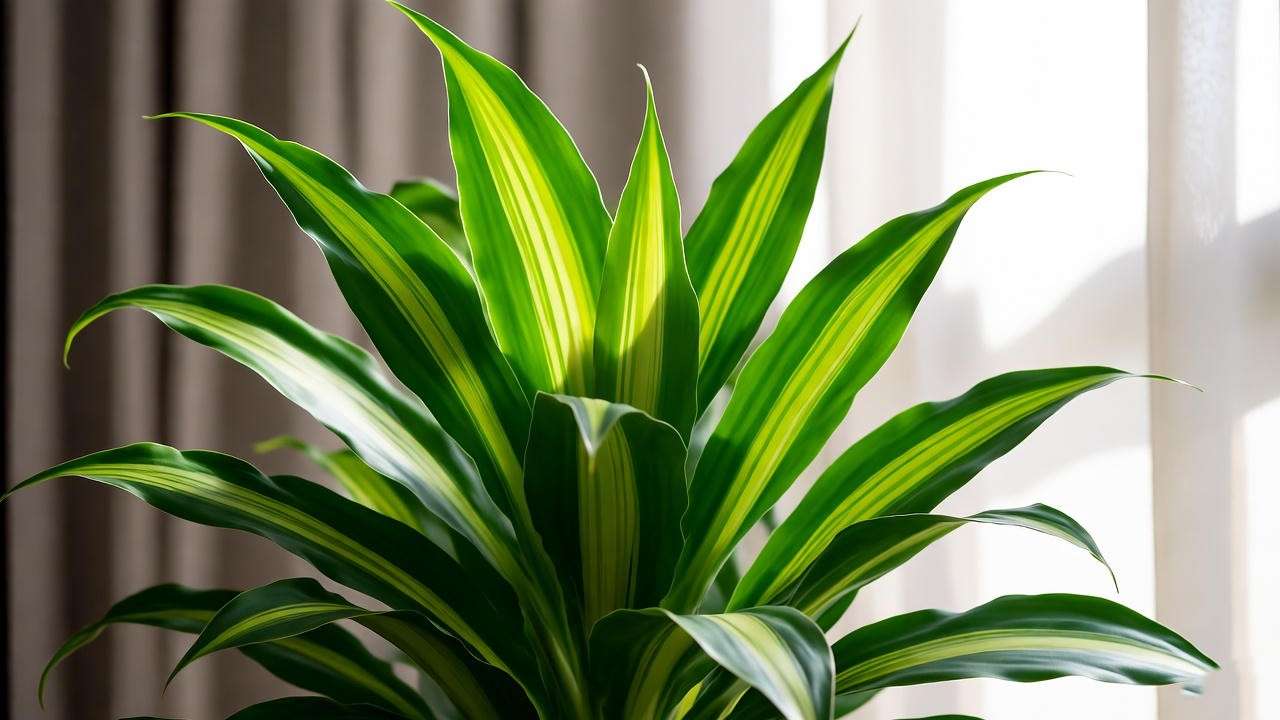
Tip 2 – Water Wisely to Avoid Overwatering 💧
Overwatering is the leading cause of spike plant woes. These plants prefer their soil to dry out slightly between waterings—typically every 1-2 weeks, depending on your climate. Use the finger test: Insert your finger an inch into the soil; if it’s dry, it’s time to water. Use room-temperature water and ensure excess drains from the pot’s holes to prevent soggy roots.
In winter, reduce watering as growth slows, while in spring and summer, check soil more frequently. FAQ: What if I overwatered? Drain excess water, let the soil dry completely, and check for root rot. If roots are mushy, trim them and repot in fresh soil. Consistent, mindful watering keeps your spike plant healthy and vibrant.
Tip 3 – Choose the Perfect Soil Mix 🌍
A well-draining soil mix is critical for spike plant success. Opt for a potting mix designed for houseplants, blended with perlite or coarse sand to enhance drainage. A DIY mix could include 50% potting soil, 30% perlite, and 20% peat moss or coconut coir. Avoid heavy, clay-like soils that retain too much moisture, as they increase the risk of root rot.
Example: Commercial mixes like Miracle-Gro Indoor Potting Mix or FoxFarm Ocean Forest work well for Dracaena. Always use a pot with drainage holes to complement your soil choice, ensuring roots stay aerated and healthy.
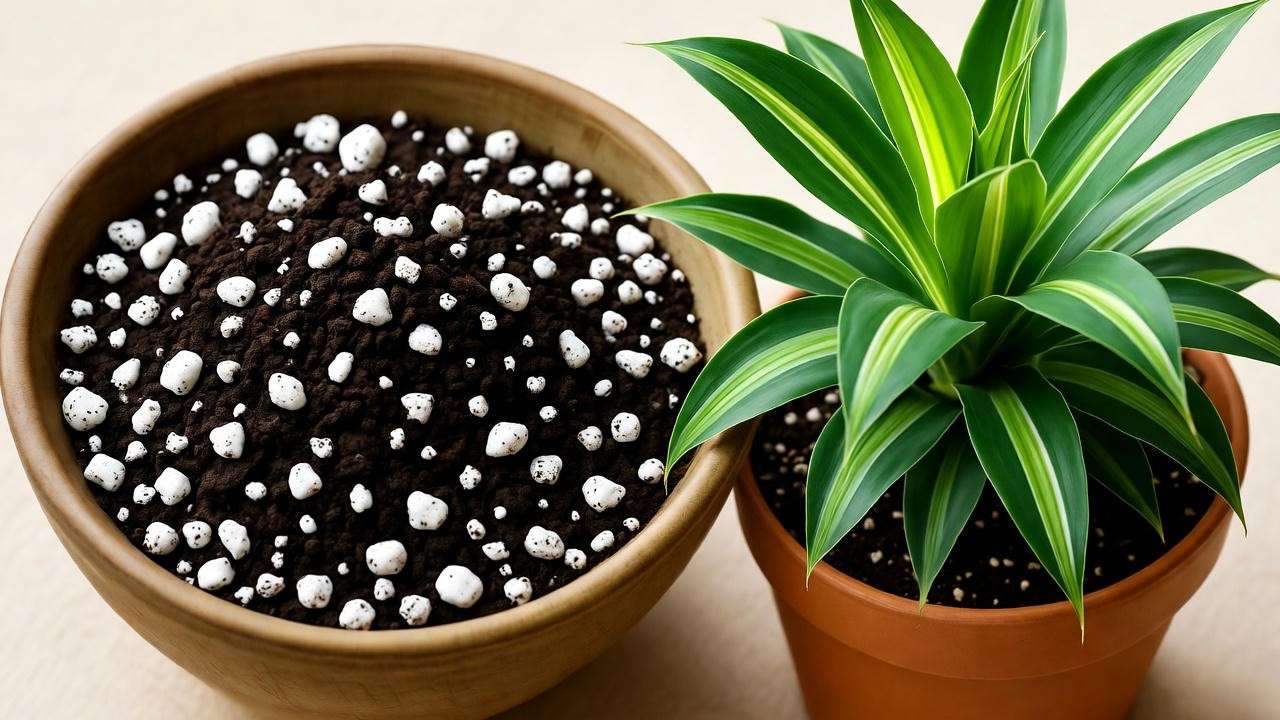
Tip 4 – Maintain Optimal Humidity and Temperature 🌡️
Spike plants prefer moderate humidity (40-60%) and temperatures between 65-80°F (18-27°C). In dry climates or heated homes, boost humidity with a pebble tray filled with water, regular misting, or a humidifier. Avoid placing your plant near drafty windows or air vents, which can cause temperature fluctuations.
Warning Signs: Brown leaf tips or drooping foliage often indicate low humidity or temperature stress. If you spot these, adjust the environment promptly. For example, move the plant away from cold drafts or increase humidity with a tray of wet pebbles. Stable conditions ensure lush, vibrant growth.
Tip 5 – Fertilize Smartly for Healthy Growth 🌿
Feed your spike plant with a balanced, water-soluble fertilizer (e.g., 10-10-10) once a month during the growing season (spring and summer). Dilute to half-strength to avoid over-fertilization, which can cause leaf burn or salt buildup in the soil. In fall and winter, skip fertilizing as the plant enters dormancy.
Organic Options: Eco-conscious gardeners can use compost tea or fish emulsion for a natural nutrient boost. Expert Tip: Flush the soil with water every few months to prevent mineral buildup, keeping your spike plant’s roots healthy and its foliage vibrant.
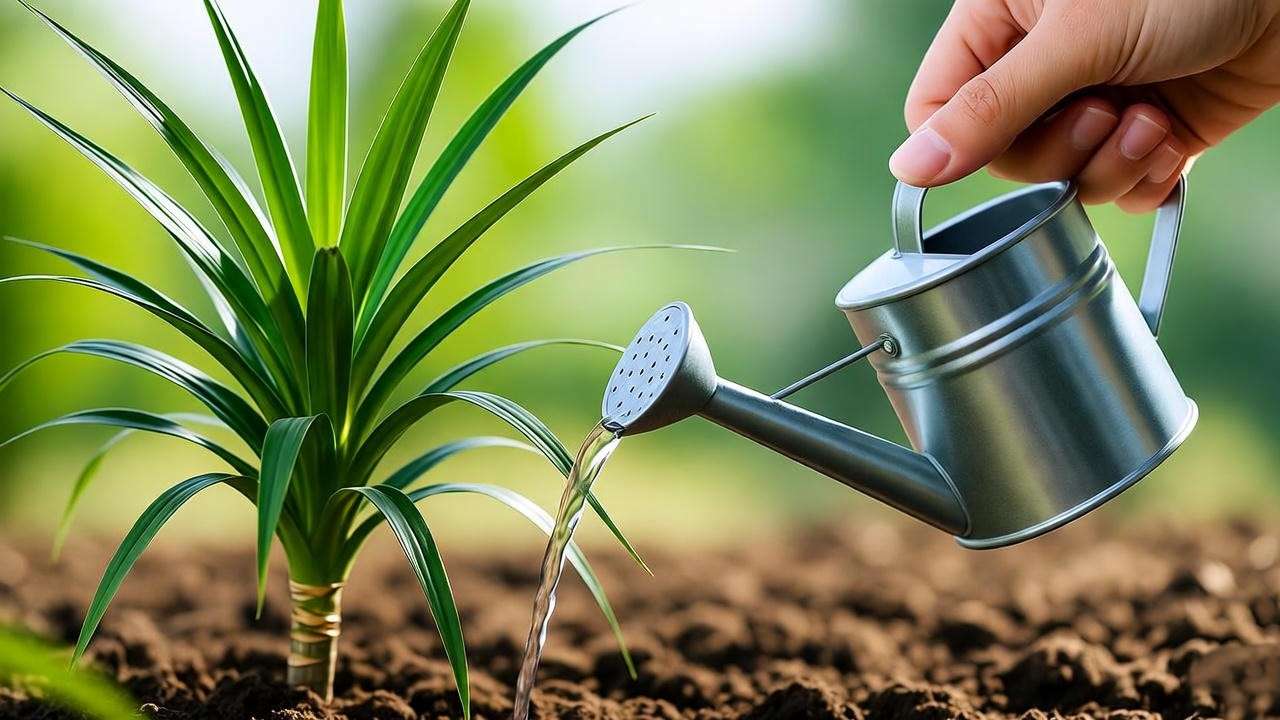
Tip 6 – Prune and Shape Your Spike Plant ✂️
Pruning is essential for maintaining your spike plant’s shape and encouraging bushier growth. Regular trimming removes dead or yellowing leaves, promotes airflow, and keeps the plant looking tidy. Prune in spring or early summer when the plant is actively growing. Use clean, sharp shears to avoid introducing pathogens, and cut just above a leaf node to encourage new growth.
Step-by-Step Pruning Guide:
- Inspect for damaged, yellow, or brown leaves.
- Sterilize shears with rubbing alcohol.
- Trim unhealthy leaves at the base, leaving healthy foliage intact.
- Shape the plant by cutting back leggy stems to your desired length.
Bonus: You can propagate spike plants from cuttings! Place a 4-6 inch stem cutting in water or moist soil, and roots should form within 4-6 weeks. Pruning not only enhances aesthetics but also boosts your plant’s vitality.
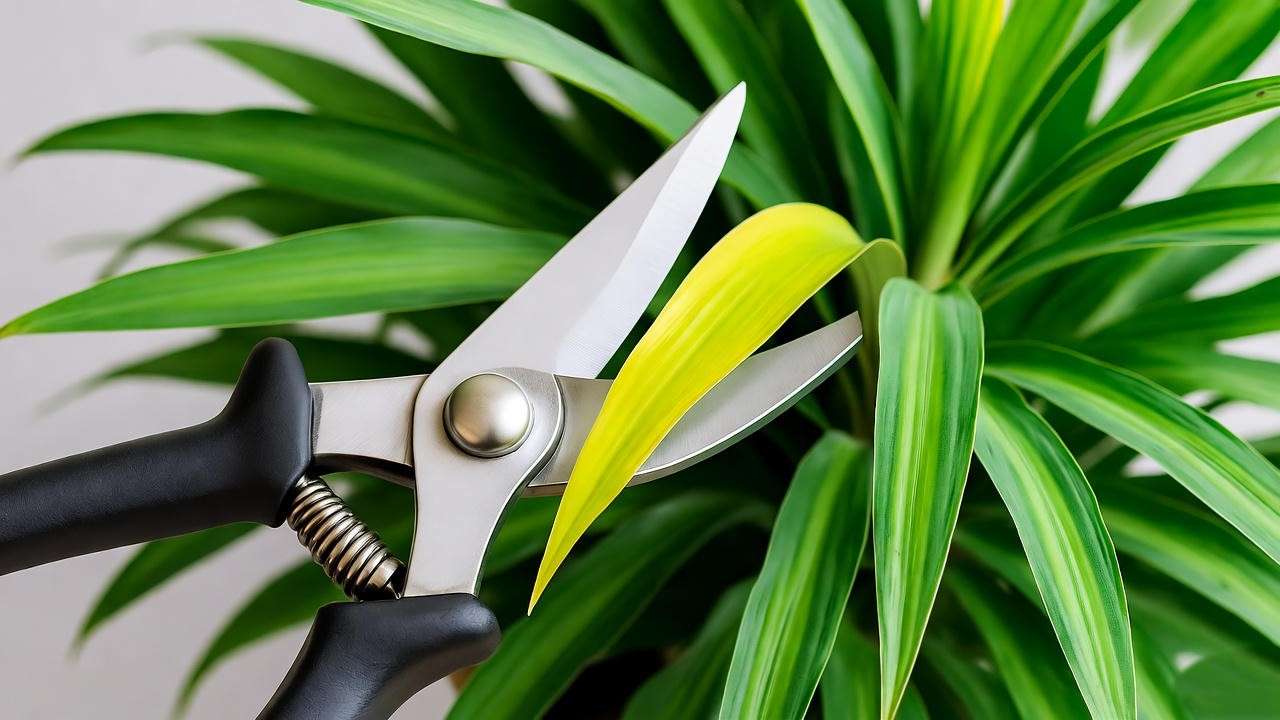
Tip 7 – Repotting for Long-Term Success 🪴
Repotting ensures your spike plant has room to grow and access to fresh nutrients. Signs it’s time to repot include roots circling the pot’s base, slow growth, or soil that dries out too quickly. Repot every 2-3 years or when the plant becomes root-bound, ideally in spring.
Step-by-Step Repotting Guide:
- Choose a pot 1-2 inches larger in diameter with drainage holes.
- Fill with a well-draining potting mix (see Tip 3).
- Gently remove the plant, shaking off old soil and inspecting roots.
- Trim any damaged roots, then place the plant in the new pot.
- Water thoroughly and keep in indirect light for a week to reduce stress.
Example: Terracotta or ceramic pots with drainage trays are ideal for style and function. Repotting refreshes your spike plant, ensuring long-term health and vibrant growth.
Tip 8 – Protect Your Spike Plant from Pests 🐛
Spike plants are relatively pest-resistant, but spider mites, mealybugs, and scale can occasionally strike. Regular inspection is key to early detection. Look for webbing, sticky residue, or tiny insects on leaves and stems.
Prevention Tips:
- Wipe leaves with a damp cloth every 2-3 weeks to remove dust and deter pests.
- Apply neem oil as a natural preventative every 1-2 months.
- Maintain proper humidity to discourage spider mites.
Treatment Guide:
- Isolate the affected plant to prevent spread.
- Rinse leaves with water to dislodge pests.
- Apply insecticidal soap or neem oil, following product instructions.
- Repeat treatment weekly until pests are gone.
Expert Insight: Early intervention is critical. Check the undersides of leaves regularly, as pests often hide there. A proactive approach keeps your spike plant pest-free and thriving.
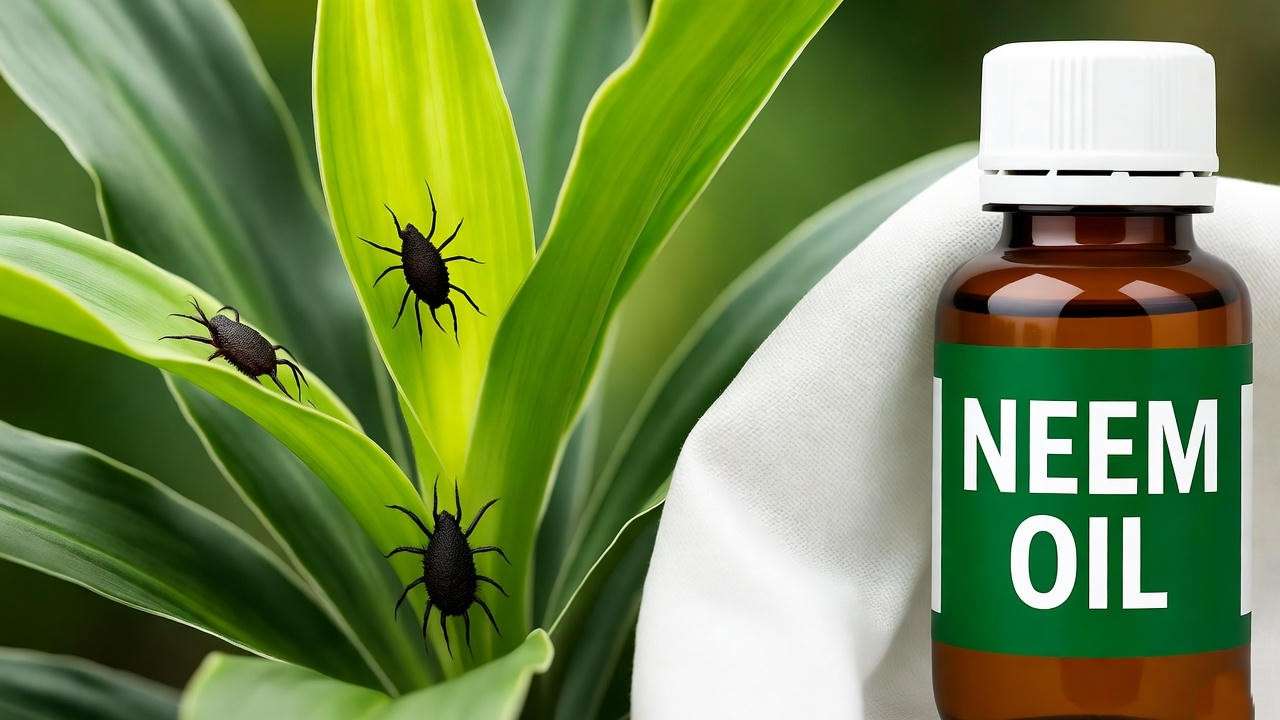
Tip 9 – Troubleshooting Common Spike Plant Problems ⚠️
Even with the best care, spike plants can face issues. Here’s how to diagnose and fix common problems:
- Yellowing Leaves: Often caused by overwatering or poor drainage. Check soil moisture and ensure proper drainage. Adjust watering habits and consider repotting if root rot is suspected.
- Brown Leaf Tips: Indicate low humidity, fluoride sensitivity, or over-fertilization. Use distilled water, increase humidity, and flush soil to remove excess salts.
- Drooping or Wilting: Suggests root rot, temperature stress, or underwatering. Inspect roots, stabilize temperature, and adjust watering as needed.
FAQ: How do I revive a struggling spike plant? Move it to bright, indirect light, check for root issues, and follow the care tips in this guide. Patience is key—most plants recover with consistent care.
Tip 10 – Enhance Your Space with Spike Plant Styling Ideas 🎨
Spike plants are as decorative as they are functional. Their upright, architectural form makes them versatile for various styling options. Here are creative ideas to showcase your spike plant:
- Floor Plant: Place a tall Dracaena fragrans in a decorative pot as a statement piece in your living room.
- Tabletop Display: Use smaller varieties like Dracaena reflexa on desks or side tables for a pop of green.
- Mixed Arrangements: Pair with trailing plants like pothos or ferns for a lush indoor jungle effect.
- Minimalist Aesthetic: Opt for a sleek, white ceramic pot to highlight the plant’s vibrant foliage in modern spaces.
Example: For Instagram-worthy setups, place your spike plant in a woven basket with neutral tones to complement bohemian decor. Experiment with placement to elevate your home’s ambiance.
Spike Plant Care FAQs ❓
Here are answers to common questions about spike plant care:
- Are spike plants toxic to pets? Yes, Dracaena species are mildly toxic to cats and dogs, causing vomiting or lethargy if ingested. Keep out of reach of pets.
- Can spike plants grow outdoors? In warm climates (USDA zones 10-11), spike plants thrive outdoors in partial shade. Indoors, they adapt to most environments.
- How fast do spike plants grow? With proper care, they grow moderately, adding 6-12 inches annually under optimal conditions.
These answers draw from botanical research and practical experience, ensuring reliable advice for readers.
Expert Tips for Advanced Spike Plant Care 🌟
For plant enthusiasts looking to take their spike plant care to the next level:
- Seasonal Adjustments: Reduce watering and skip fertilizing in winter, but maintain humidity to prevent leaf issues.
- Encouraging Flowering: Some varieties, like Dracaena fragrans, may bloom with small, fragrant flowers under ideal conditions (bright light, consistent care). Be patient, as flowering is rare indoors.
- Advanced Propagation: Use stem cuttings with multiple nodes for higher success rates. Place in a warm, humid environment to speed up rooting.
- Horticulturist Insight: To maintain vibrant foliage, periodically clean leaves with a damp cloth and ensure consistent care year-round.
Conclusion: Your Path to a Thriving Spike Plant 🌿
Caring for a spike plant is a rewarding journey that transforms your space with minimal effort. By following these 10 essential tips—providing proper light, watering wisely, choosing the right soil, maintaining humidity, fertilizing smartly, pruning, repotting, managing pests, troubleshooting issues, and styling creatively—you’ll ensure your spike plant thrives for years. Whether you’re enhancing your home’s air quality or elevating its aesthetic, these low-maintenance beauties deliver. Apply these expert-backed strategies, and share your success stories with our plant care community! Explore more guides on our site for tips on growing other indoor favorites like pothos or snake plants. Happy planting! 🌱

